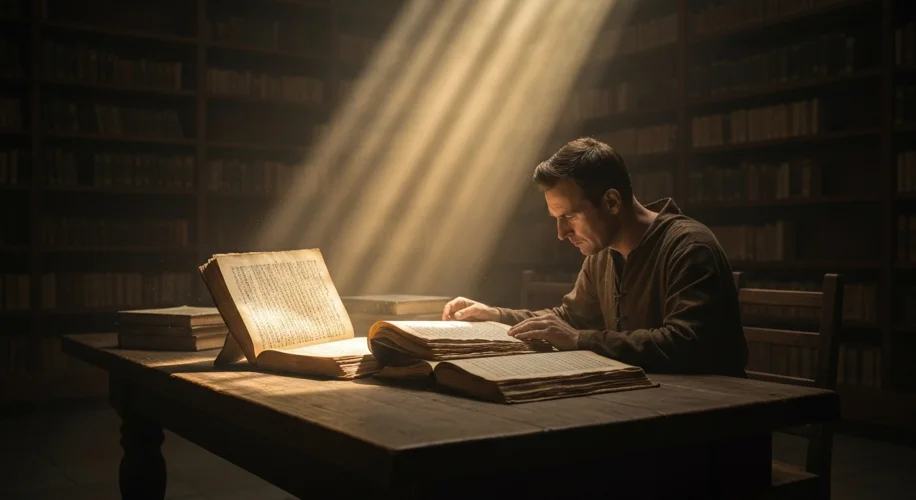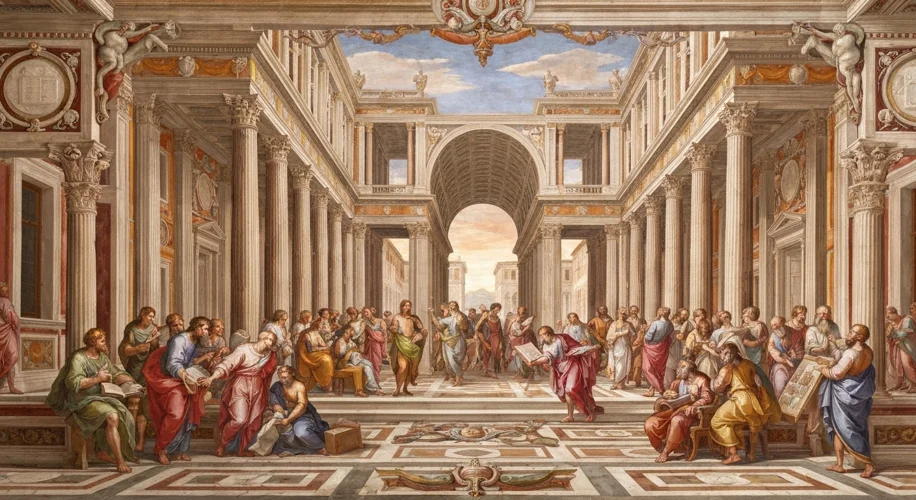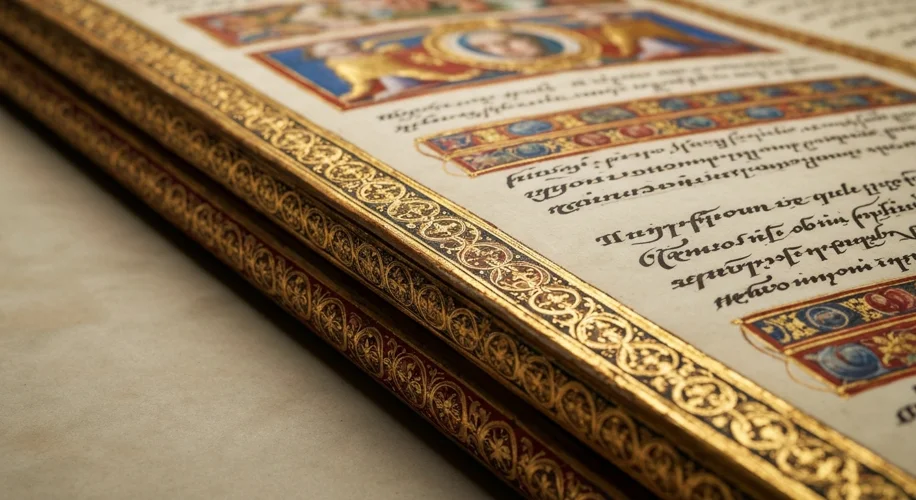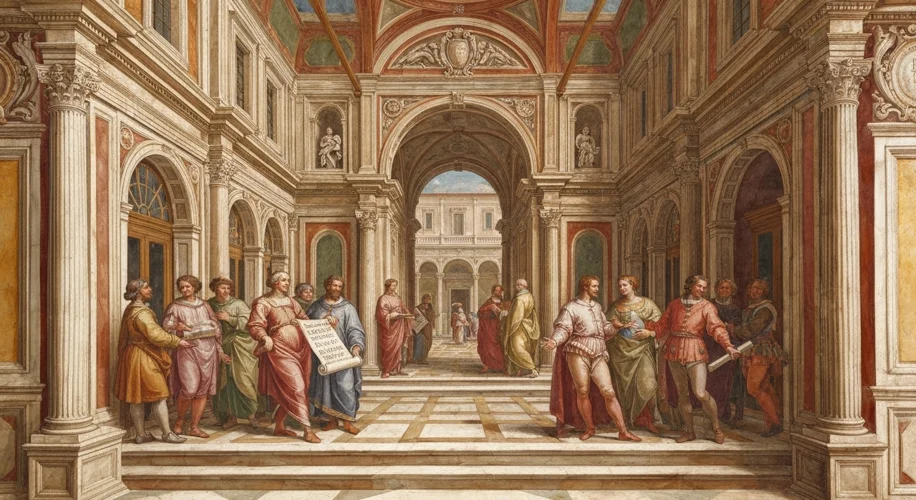Imagine a world shrouded in the dust of ages, where the vibrant voices of antiquity had faded into mere whispers, their wisdom largely forgotten. This was Europe on the cusp of the 14th century. Then, a spark ignited, fanned by a generation of intellectuals who dared to look back, not with reverence for the immediate past, but with an insatiable hunger for the glories of Greece and Rome. These were the Renaissance Humanists, the intellectual titans who resurrected classical texts and, in doing so, fundamentally reshaped the course of Western civilization.
At the heart of this intellectual awakening was a profound shift in perspective. While the preceding medieval period had focused on divine revelation and scholastic theology, Humanism championed the study of studia humanitatis – grammar, rhetoric, history, poetry, and moral philosophy, all drawn from classical sources. It was a rediscovery of humanity itself, its potential, its achievements, and its capacity for both great virtue and profound error.
One of the earliest and most influential figures in this movement was Petrarch (1304-1374). Often called the “Father of Humanism,” Petrarch was a poet and scholar whose meticulous search for lost classical manuscripts became legendary. His discovery of Cicero’s letters, previously unknown, was a watershed moment. He devoured these texts, not as abstract theological proofs, but as intimate glimpses into the minds and lives of ancient Romans. Petrarch’s passionate prose and his emphasis on eloquence and classical style set a new standard for intellectual discourse. He believed that by studying the ancients, one could cultivate virtue and achieve a more fulfilling life, a stark contrast to the more ascetic ideals that had often dominated medieval thought.

Following in Petrarch’s footsteps, scholars across Italy and later Europe embarked on similar quests. They unearthed forgotten works of Virgil, Horace, Seneca, and Plato, often from obscure monastic libraries. These weren’t just dusty books; they were potent vessels of ideas that challenged prevailing wisdom. The rediscovery of Plato’s dialogues, for instance, introduced Neoplatonic philosophy, which blended classical thought with mystical and spiritual dimensions, profoundly influencing artists and thinkers.
Erasmus of Rotterdam (c. 1466-1536) stands as a towering figure of Northern Humanism. Unlike many of his Italian predecessors who focused purely on classical pagan texts, Erasmus sought to apply humanist principles to Christian scholarship. His most famous work, In Praise of Folly, is a satirical masterpiece that cleverly critiqued the corrupt practices of the church and the excesses of scholasticism, all while championing a return to the simple, ethical teachings of Christ. Erasmus’s scholarly edition of the Greek New Testament, published in 1516, provided a more accurate and accessible version of the scriptures, paving the way for the Protestant Reformation.
Another pivotal figure was Giovanni Pico della Mirandola (1463-1494), a brilliant polymath whose Oration on the Dignity of Man is considered a manifesto of Renaissance Humanism. Pico argued that humans were unique in the universe, endowed with free will and the capacity to shape their own destiny. He famously declared that man “has no fixed shape, but has them in abundance… he may be transformed into the divine, by the same spiritual process which transforms God into men.” This radical assertion of human agency and potential, drawing from a vast array of philosophical and religious traditions, resonated deeply and inspired a generation to push the boundaries of knowledge.

The impact of Renaissance Humanism was transformative. It fueled the artistic explosion of the Renaissance, with artists like Leonardo da Vinci and Michelangelo drawing inspiration from classical anatomy, proportion, and mythology. It revolutionized education, shifting the focus from rote memorization to critical thinking and eloquent expression. It laid the intellectual groundwork for the scientific revolution, encouraging empirical observation and questioning established dogma. History itself was reinterpreted, with scholars examining past events to understand the present and guide the future.
Crucially, Humanism fostered a new sense of individualism and secularism, not in opposition to religion, but as an enhancement of human experience in this world. The focus shifted from solely preparing for the afterlife to cultivating a rich and meaningful life here on Earth. This reorientation was not without its critics; some feared that the embrace of classical paganism would lead to a decline in Christian piety. However, for many, the rediscovery of ancient wisdom was a way to enrich, not abandon, their faith and their understanding of the human condition.

In essence, the Renaissance Humanists were more than just scholars; they were cultural architects. They unearthed the past to build a new future, a future that celebrated human intellect, creativity, and the enduring power of ideas. Their legacy is not confined to dusty libraries; it lives on in our art, our literature, our educational systems, and our very conception of what it means to be human. They reminded us that the wisdom of ages past is not lost, but merely waiting to be rediscovered, ready to illuminate our present and inspire our tomorrows.

